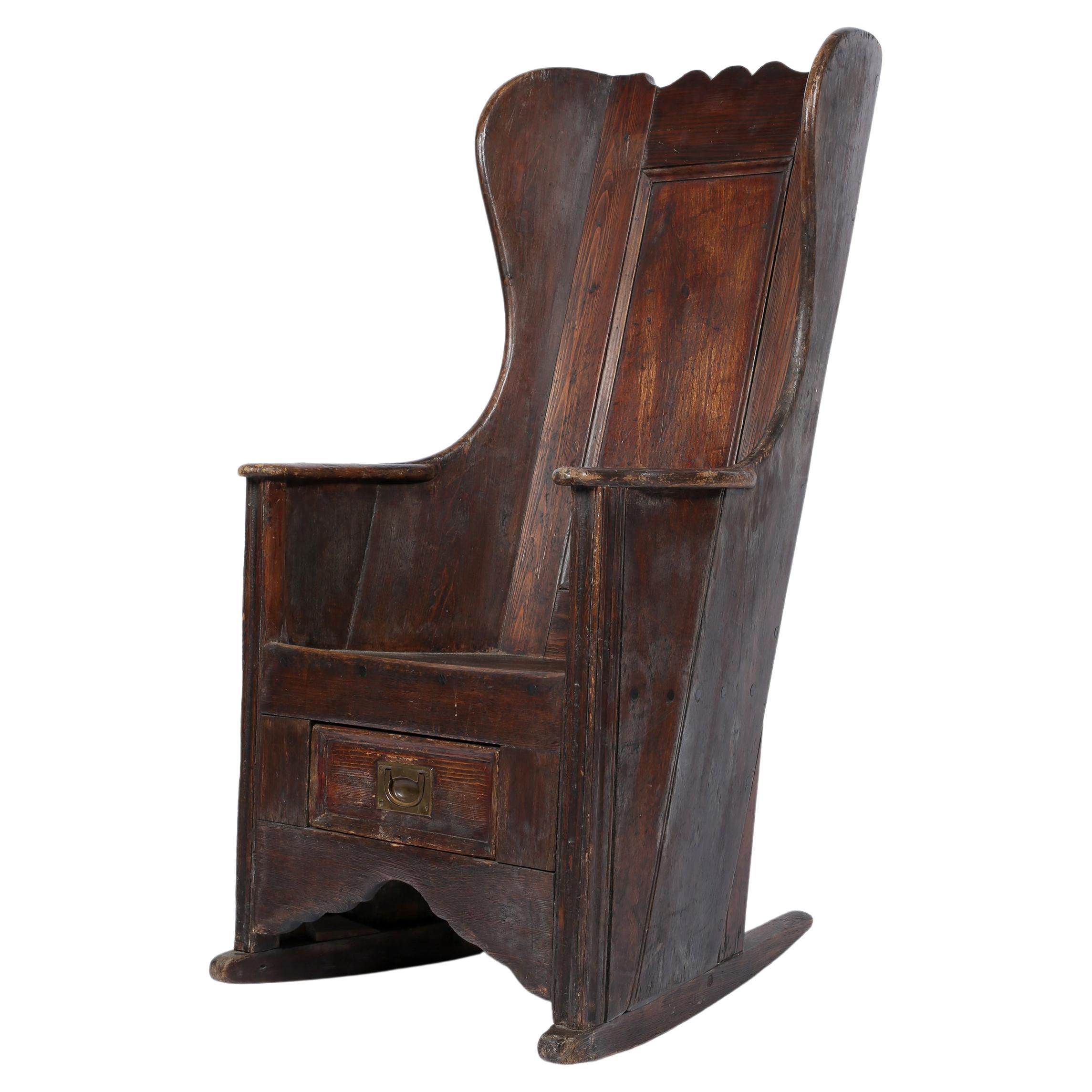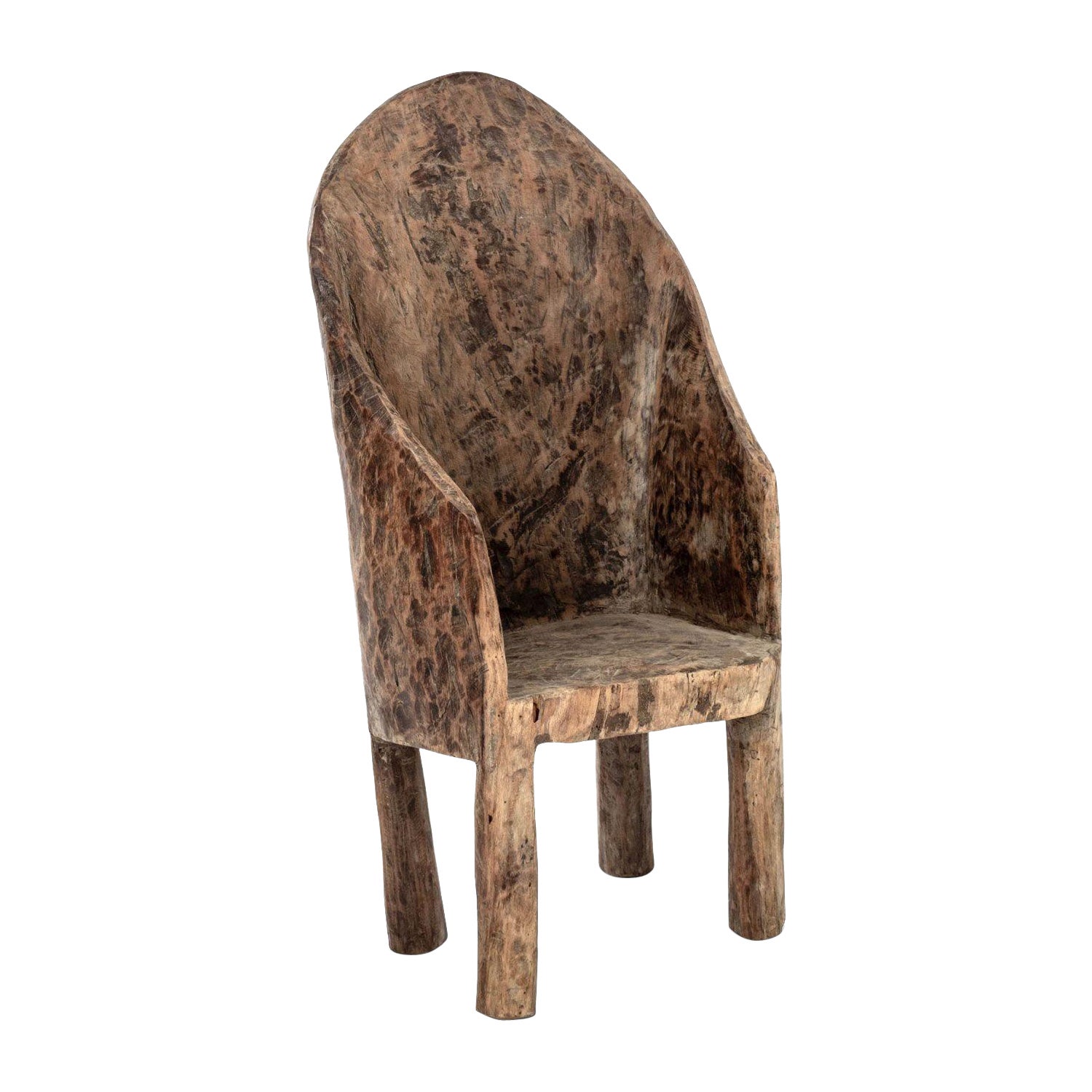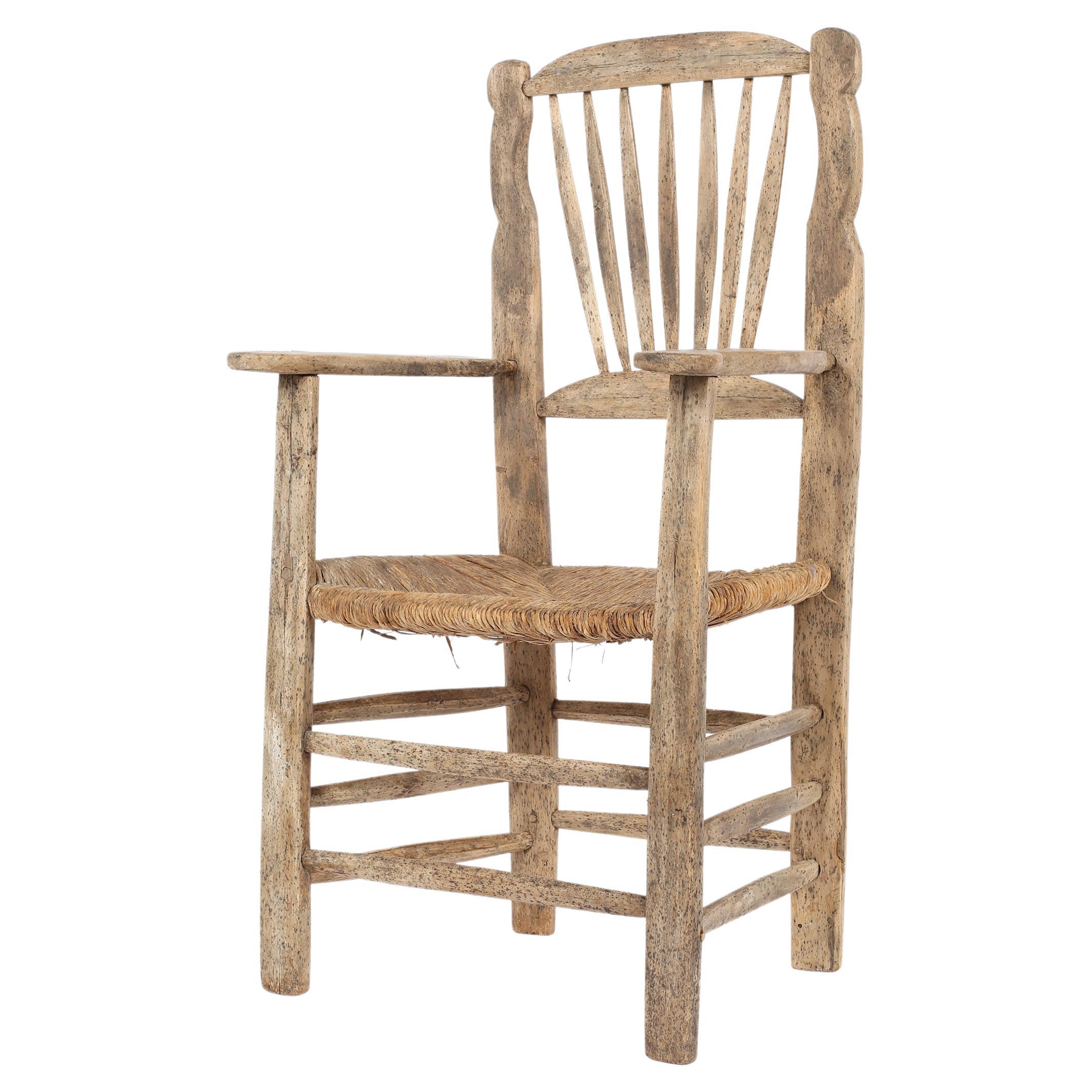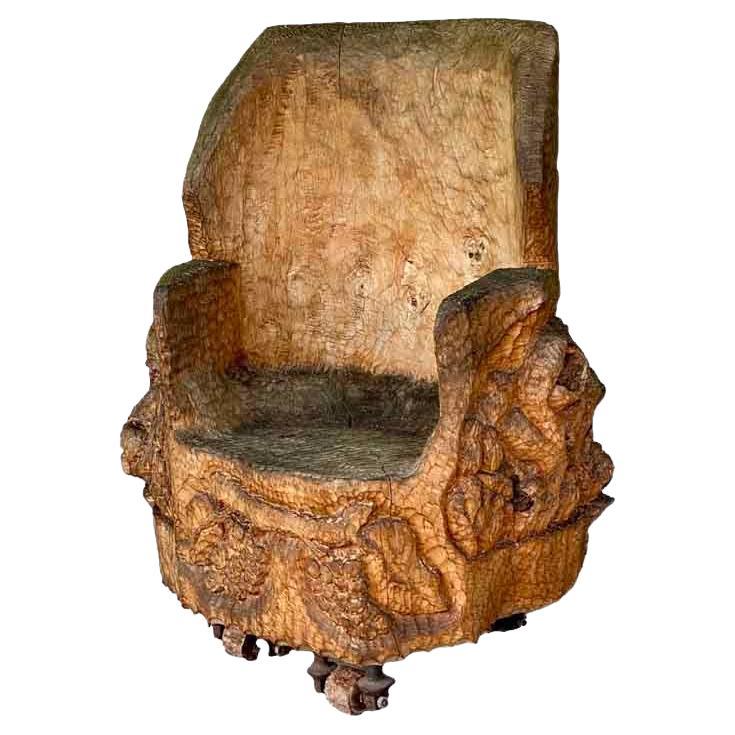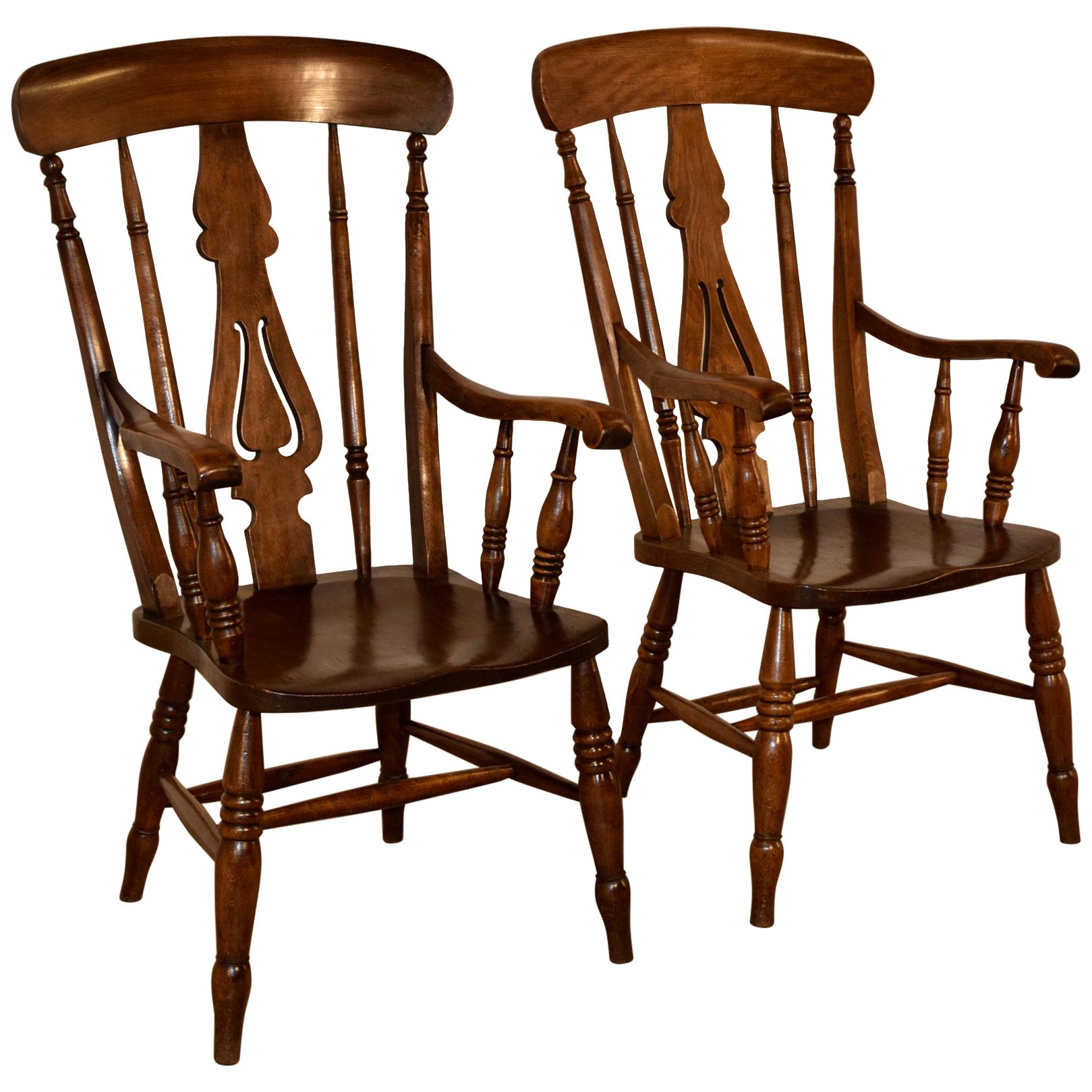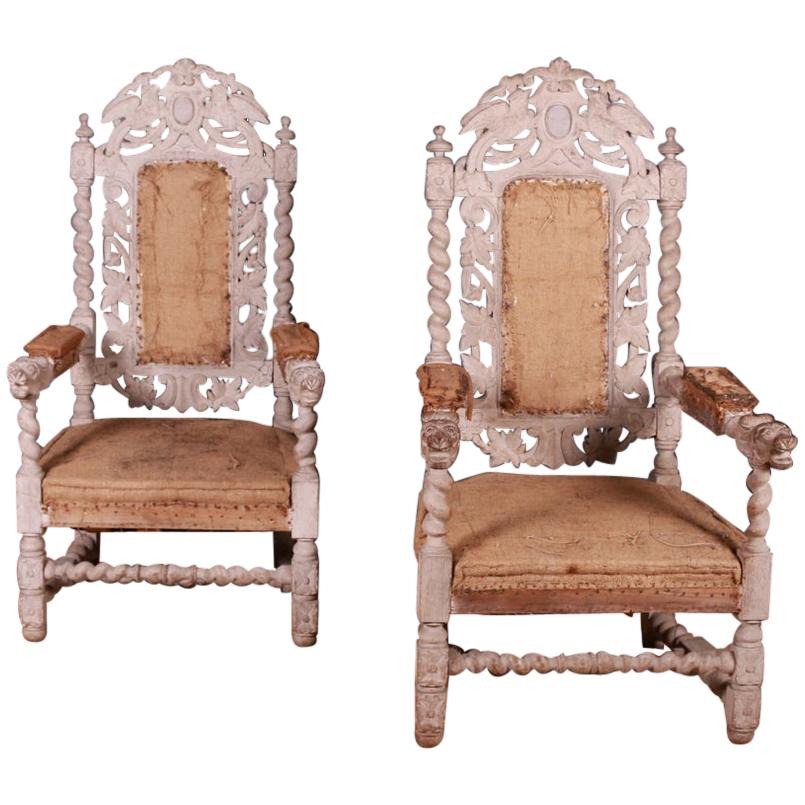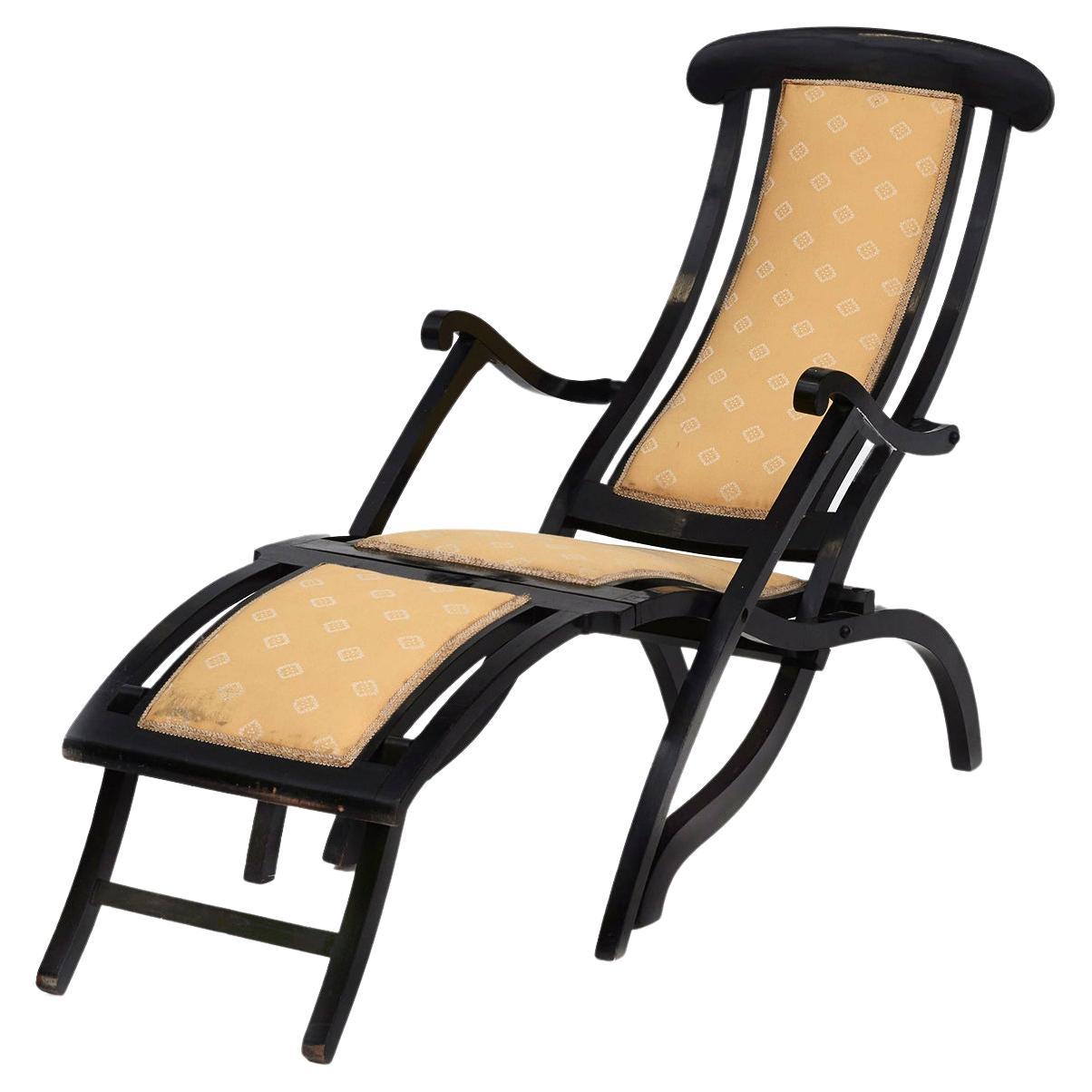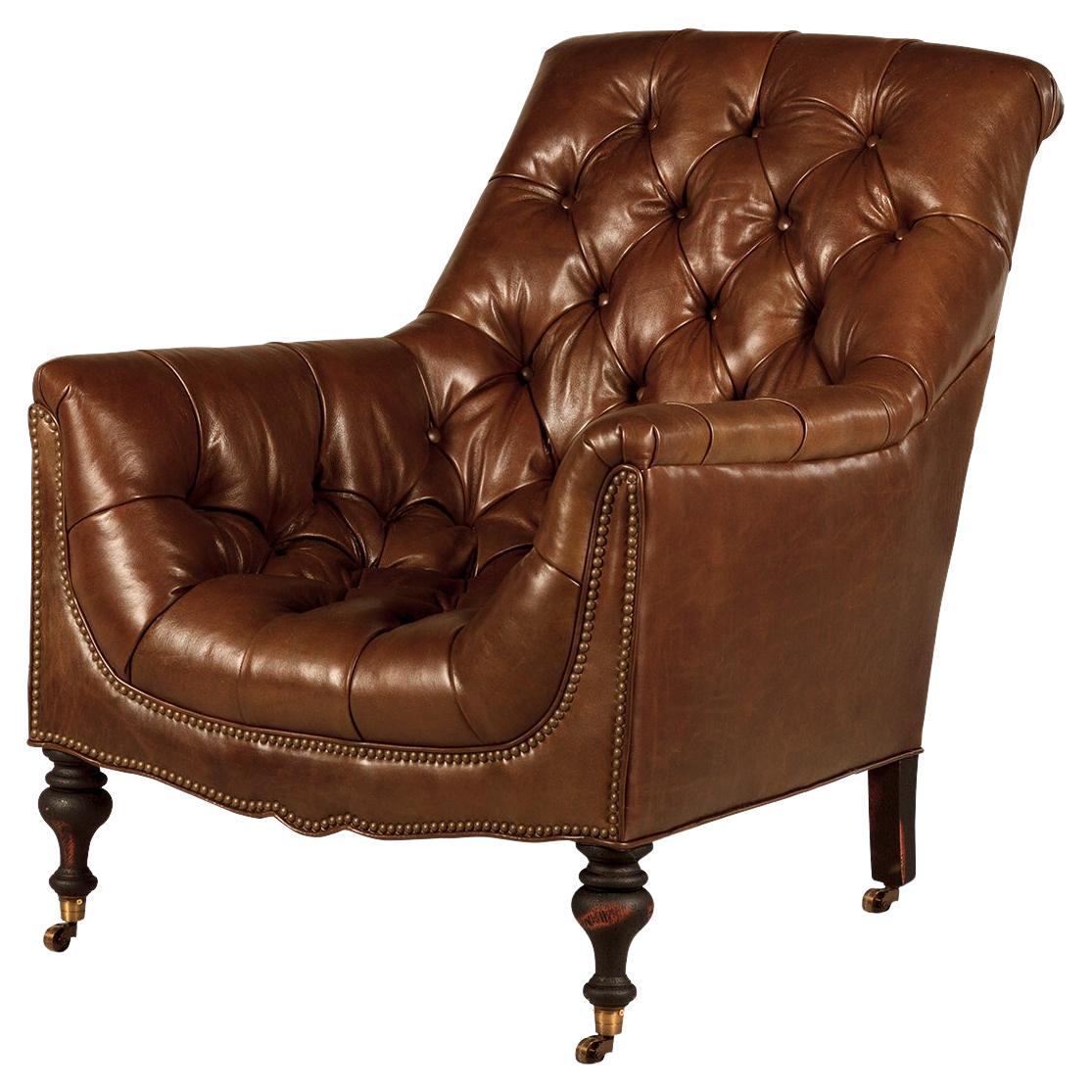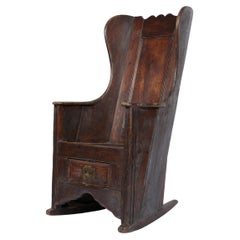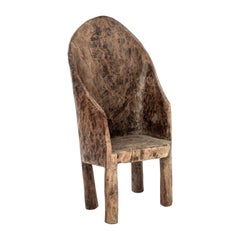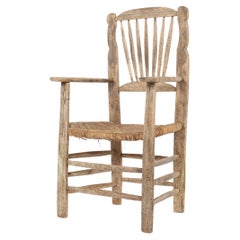
English Lancashire Primitive Chair
View Similar Items
1 of 6
English Lancashire Primitive Chair
About the Item
- Dimensions:Height: 47 in (119.38 cm)Width: 24 in (60.96 cm)Depth: 21 in (53.34 cm)Seat Height: 19 in (48.26 cm)
- Materials and Techniques:
- Place of Origin:
- Period:
- Date of Manufacture:1720
- Condition:Wear consistent with age and use.
- Seller Location:High Point, NC
- Reference Number:Seller: PSO/A0151stDibs: LU89971360412
You May Also Like
- Large 18th Century Vernacular Lancashire Lambing ChairLocated in London, GBA fine example of a large 18th century vernacular lambing chair. Originating from the Fylde coast and built from a combination of patinated elm, pine and fruitwood. Sitting on its or...Category
Antique Mid-18th Century English Rustic Armchairs
MaterialsBrass
- Primitive Dug-Out ChairLocated in Houston, TXPrimitive dug-out chair from Southeast Asia. Hand-carved from sold piece of hardwood. Note: Regional differences in humidity and climate during shipping may cause antique and vintag...Category
Late 20th Century Indian Primitive Armchairs
MaterialsHardwood
$3,600 - Primitive 19th Century Elm & Rush ChairLocated in London, GBA large, characterful 19th century vernacular chair, primitively constructed from heavily patinated elm with original woven rush seat. Irish, c. 1850.Category
Antique Mid-19th Century Irish Primitive Armchairs
MaterialsRush, Elm
- Brutalist Sculptural Primitive Chair 1960's-1970's TansaniaLocated in Rome, ITKoncz Vilmos (1932 – 2006). He started painting at the age of 30, using the following techniques: charcoal, pastel, oil. He has had solo exhibitions eight times in Budapest, and his works have been featured in seventeen group exhibitions worldwide. He was an experimental creator. Its more than 420 works include glass mosaics, terracotta, copper embossing and furniture carving. After his death, most of his oeuvre was “lost”. A decade and a half passed from painting to the first carvings. Middle Eastern and African culture had a major impact on his further artistic work. Traveled and created in Baghdad, Kuwait, Beirut and Tanzania. He became acquainted with the ancient folk art of the Makonde tribe, with carvings of ebony and ivory, which changed his creative career. When he made an authentic bracelet out of ivory, decorated with African motifs, the members of the tribe welcomed him among themselves. He became the tribe’s "Mister Vili." An exhibition of his painted paintings was held at the Kilimanjaro Hotel. He learned the machining of copper from the Arabs and the making of glass mosaics, and the tricks of jewelry making from the Hindus. He had forty large sculptures erected in various settlements of Hungary, mostly multi-field, made with a circular carving technique. Everything from ornaments on the table to the three-meter-high monument was found in his oeuvre. The Tiszakürt Arboretum also houses two wooden sculptures made of circular carvings: Tasso and the Tanzanian family tree. Donated works of his hometown: the 1956 headboard, the “Jászok” and “Kunok” (Old Hungarian Tribes), the “Flute”, the “Kolompolás” (Ringing the Bell) and the “Winged Altar”. In the 1980s, he also made carvings for the Budapest Zoo and Botanical Garden. His Ars Poetic was: “I do what I love, which drives from within, because I want to leave marks behind that I once existed and perhaps not uselessly” (2002). The term "Brutalist" originated from Le Corbusier’s Cité...Category
Vintage 1960s Brutalist Armchairs
MaterialsWood
$19,688 Sale Price20% Off - 19th Century Pair of Lancashire Ladder Back ArmchairsLocated in High Point, NC19th century pair of ladder back armchairs from the Lancashire region of England. They are made from oak and elm and are wonderfully comfortable. The have hand turned spindles in the...Category
Antique 19th Century English Victorian Armchairs
MaterialsElm, Oak
- English Regency Arm ChairLocated in Kastrup, DKBeautiful and elegant Regency armchair in original and untouched condition. Made in England during the first quarter of the 19th century. Featuring splat back with vertical spindle...Category
Antique Early 19th Century English Regency Armchairs
MaterialsFabric, Wood
